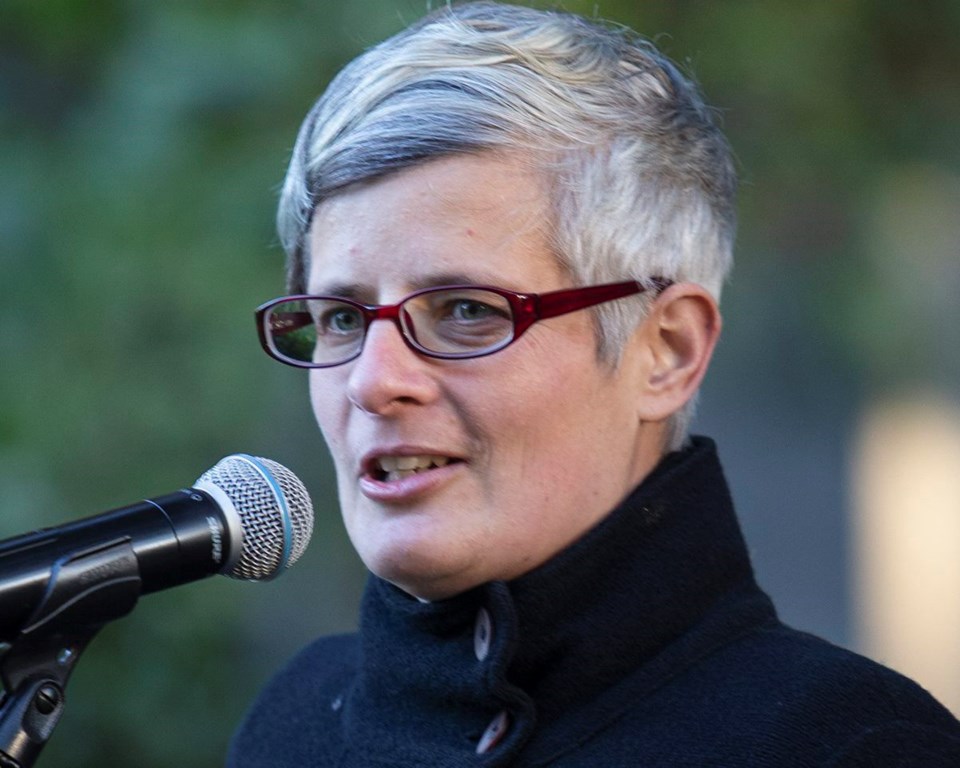A commentary by the mayor of Victoria
Housing is a key issue in Victoria for both social and economic reasons. Council is working hard to take action on affordable housing, including developing an updated housing strategy, which will be released on Friday.
Council’s recent policy decision on inclusionary housing, requesting that 20 per cent of units in new condo buildings be affordable rental units, is one piece of the puzzle.
I didn’t support the policy council adopted. I won’t go over the reasons; they have been well-documented. However, my job as mayor is to take the policies adopted by council, become their champion and make them work.
To this end, I contacted the chair of the Urban Development Institute (UDI) right after the policy was adopted. UDI members are the people who build homes in our region.
I asked him how we could move forward from here, together. Soon after that, an invitation arrived for myself along with councillors Sarah Potts and Jeremy Loveday to be on a panel hosted by UDI to explain the new policy — including its flexibility and room for creativity and innovation. We have accepted.
Understanding the policy is key to making it work and keeping the home building boom happening. We need to keep that boom going for some of the reasons pointed out in the Times Colonist editorial Tuesday.
First is climate change. More than 50 per cent of greenhouse gas emissions in the region come from transportation. Building compact communities where people can walk or bike to work is a key climate mitigation strategy. We must continue the housing boom in Victoria to reduce the GHG emissions in the region.
Second, and related, population projections recently released by the CRD show 16,200 more people living in the City of Victoria by 2038 and 11,900 more jobs. To house all these people and to have them working close to where they live, we need the home builders to continue building homes.
So how will the city’s new inclusionary housing policy work?
All rental housing is exempted. Right now — and likely for the first time since the 1970s — we have more rental housing being built in the city than condos.
In 2018 we had more than 400 rental units started, compared to about 200 condos. In addition, there are also more than 500 units of affordable housing in the development process, including units that rent for $375 per month.
Rental housing is important; it’s expensive to buy a home and people are spending a longer time in the rental market. Council is aware of this and its new inclusionary housing policy supports the creation of new purpose-built rental housing.
The other thing the policy does is builds in flexibility. In order to encourage new projects under council’s policy and to address the need for family-size units and to meet the city’s climate goals, council will consider less than 20 per cent for projects that:
• would be financially non-viable if required to provide 20 per cent affordable rental units, or
• are primarily comprised of family-size units, or
• are built and operated to energy efficiency above the city’s current requirements.
Council will also consider less than 20 per cent for affordable home-ownership units. This might result in more housing built that is needed for families and for the future.
The other measure of flexibility — which I strongly support — is to consider proposals with heights and densities greater than those in the official community plan.
Council would consider this where the project delivers community amenities such as affordable housing, family-sized units, accessible units for people with disabilities, day-care facilities, enhanced greenspace, energy efficiency or other provisions deemed appropriate by council.
The reason that inclusionary housing policies work in other places is because councils are willing to be flexible with the official-community-plan limits in exchange for amenities. We have signalled with council’s vote last week that we are willing to do this as well.
With this flexibility in place, and with a continued commitment to improving our development processes and cutting red tape as we did last term (look at all the cranes in the air as proof) we don’t need to “go all Langford on new development” as the Times Colonist editorial concludes.
The projections show that demand for housing in Victoria will continue to grow. Units under construction are being snapped up. And downtown Victoria is becoming a lively and vibrant neighbourhood.
People who want to live close to where they work, enjoy a high quality of life and spend less time commuting will continue to choose Victoria.
And they will need homes.
It’s up to all of us, the city and the private sector, to work together to make it happen.



